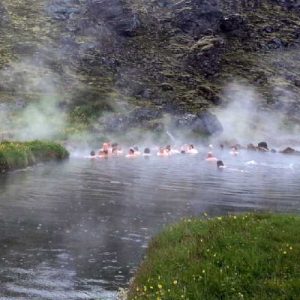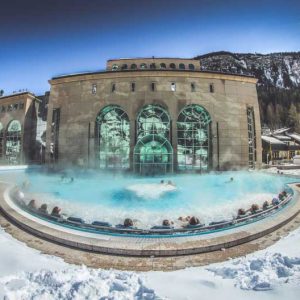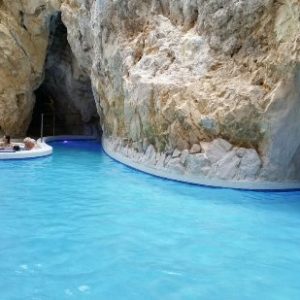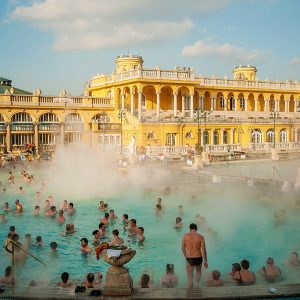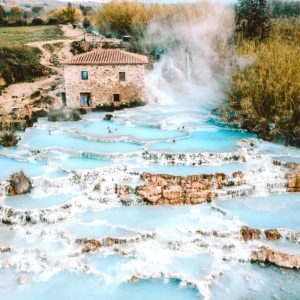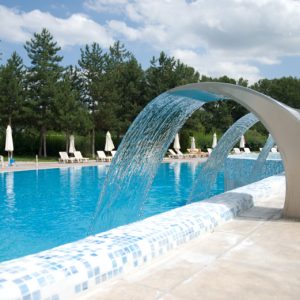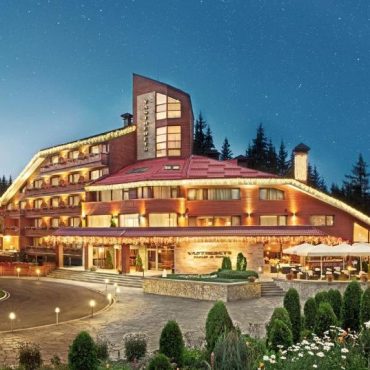Europe covers about 10.18 million km2 (3.93 million sq mi), or 2% of Earth’s surface (6.8% of land area), making it the second-smallest continent (using the seven-continent model).
European culture is the root of Western civilisation, which traces its lineage back to ancient Greece and ancient Rome. The fall of the Western Roman Empire in 476 AD and the subsequent Migration Period marked the end of Europe’s ancient history, and the beginning of the Middle Ages. Renaissance humanism, exploration, art, and science led to the modern era. Since the Age of Discovery, started by Portugal and Spain, Europe played a predominant role in global affairs.

